Home>Gardening & Outdoor>Landscaping Ideas>How To Keep Grass Green During Winter
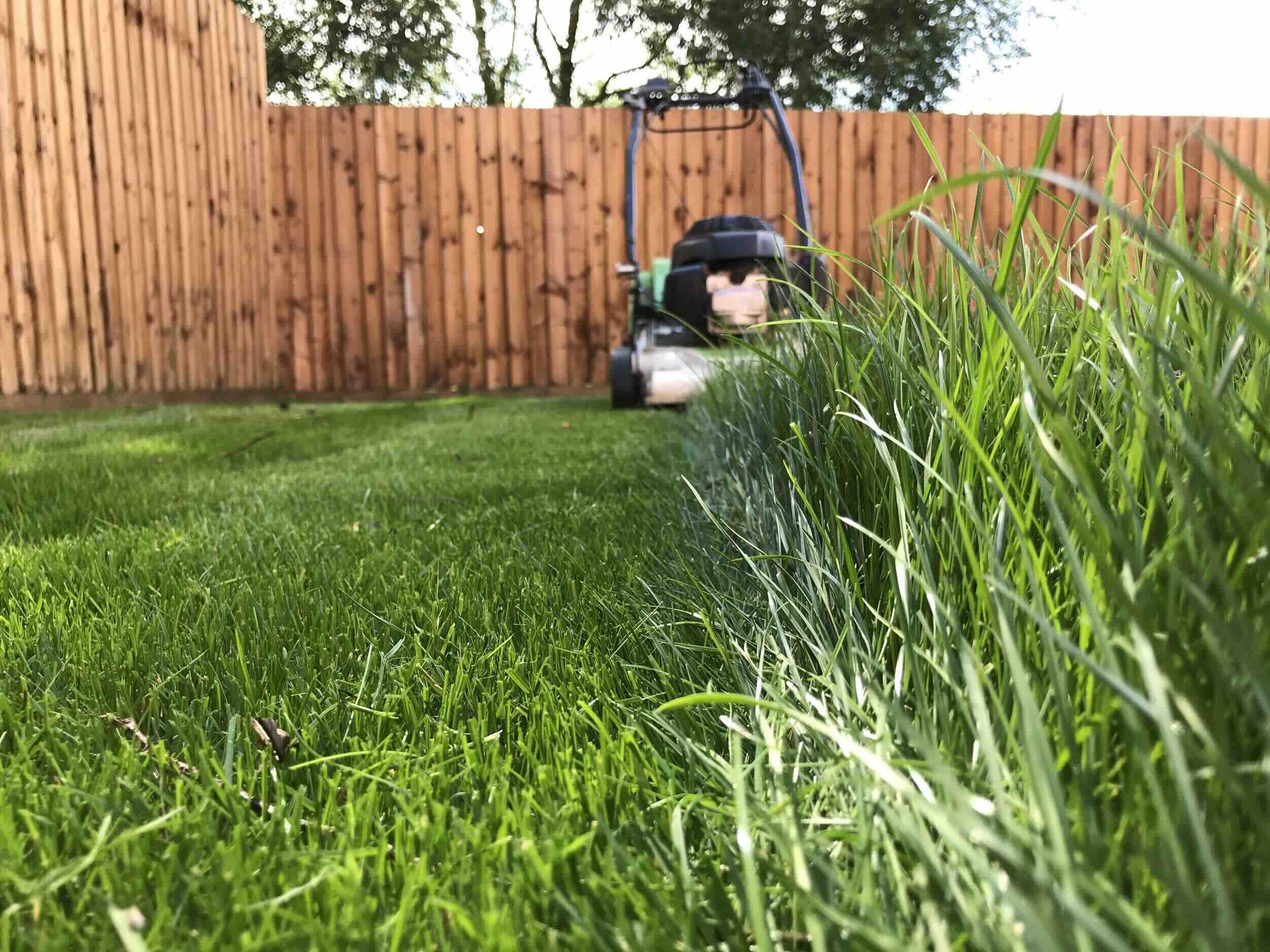

Landscaping Ideas
How To Keep Grass Green During Winter
Modified: October 19, 2024
Learn effective landscaping ideas to keep your grass green during winter. Discover expert tips for maintaining a lush lawn all year round.
(Many of the links in this article redirect to a specific reviewed product. Your purchase of these products through affiliate links helps to generate commission for Storables.com, at no extra cost. Learn more)
Choosing the Right Grass Type for Winter
Selecting the appropriate grass type is crucial for maintaining a vibrant and healthy lawn during the winter months. Different grass species have varying levels of cold tolerance, growth patterns, and overall resilience to winter conditions. By choosing the right grass type for your region, you can ensure that your lawn remains lush and green throughout the colder months.
-
Cool-Season Grasses: For regions with cold winters, cool-season grasses such as Kentucky bluegrass, fescue, and ryegrass are excellent choices. These grasses thrive in cooler temperatures and can maintain their green color during winter, providing a visually appealing lawn even in the midst of frost and snow.
-
Warm-Season Grasses: In warmer climates, warm-season grasses like Bermuda grass and Zoysia grass may experience dormancy during winter, causing them to turn brown. However, overseeding with cool-season grasses can help maintain a green appearance during the colder months.
-
Consider Local Climate: Understanding the specific climate of your region is essential when selecting the right grass type for winter. Factors such as average temperatures, frost frequency, and snowfall patterns should all be taken into account to determine the most suitable grass species for winter resilience.
-
Consult with Experts: Seeking advice from local landscaping professionals or agricultural extension services can provide valuable insights into the best grass types for winter in your area. These experts can offer tailored recommendations based on the unique environmental conditions of your region.
By carefully choosing the right grass type for winter, you can lay a solid foundation for a vibrant and enduring lawn that remains green and healthy throughout the colder months.
Key Takeaways:
- Choose the right grass type for your region to keep your lawn green in winter. Cool-season grasses like Kentucky bluegrass thrive in cold climates, while warm-season grasses may need overseeding for a vibrant winter lawn.
- Proper mowing, watering, and soil preparation are essential for a healthy winter lawn. Adjust mowing height, monitor soil moisture, and apply balanced winter fertilizer to fortify your grass against the challenges of winter.
Read more: How To View Greenery During Winter
Proper Mowing and Watering Techniques
Maintaining the ideal mowing and watering practices is essential for nurturing a resilient and verdant lawn during the winter season. By adhering to proper techniques, you can fortify your grass against the challenges posed by colder temperatures and ensure its vitality throughout the winter months.
Mowing Guidelines
-
Adjust Mowing Height: As winter approaches, it's advisable to gradually raise the cutting height of your mower. Taller grass blades can promote stronger root development and provide better insulation against the cold. For cool-season grasses, a height of 2.5 to 3 inches is generally recommended, while warm-season grasses can be maintained at a slightly lower height.
-
Regular Maintenance: Despite the slower growth rate of grass during winter, it's important to continue regular mowing as needed. Trimming the grass to an appropriate height helps prevent it from becoming too long and susceptible to disease and pest infestations.
-
Mulch the Clippings: Instead of collecting and removing grass clippings, consider mulching them back into the lawn. This practice can enrich the soil with essential nutrients and organic matter, contributing to the overall health of the grass.
Watering Best Practices
-
Monitor Soil Moisture: While the frequency of watering may decrease during winter, it's crucial to monitor the soil moisture levels. Inadequate hydration can leave the grass vulnerable to stress and damage from freezing temperatures. Aim to water the lawn deeply but infrequently, allowing the soil to dry out slightly between watering sessions.
-
Morning Watering: Schedule watering sessions for the late morning, allowing the grass blades to dry before the onset of evening. Moist grass overnight can invite fungal diseases, so ensuring sufficient drying time is essential for maintaining a healthy lawn.
-
Adjust for Rainfall: Take into account natural precipitation when determining the watering schedule. If the lawn receives adequate rainfall, adjust the irrigation frequency accordingly to prevent overwatering, which can lead to root rot and other moisture-related issues.
By embracing these proper mowing and watering techniques, you can empower your lawn to withstand the challenges of winter and emerge with vibrancy and resilience as the warmer seasons approach. These practices not only contribute to the immediate health of the grass but also set the stage for long-term vitality and lushness.
Fertilizing and Soil Preparation for Winter
Preparing the soil and providing adequate nourishment through strategic fertilization are pivotal steps in fortifying your lawn for the challenges of winter. By focusing on soil health and nutrient balance, you can lay the groundwork for a resilient and vibrant lawn that withstands the rigors of the colder months.
Soil Testing and Analysis
Before embarking on winter soil preparation, conducting a comprehensive soil test can offer valuable insights into the specific nutrient requirements of your lawn. Soil testing provides essential data on pH levels, nutrient deficiencies, and overall soil composition, enabling you to tailor your fertilization approach to address any deficiencies and optimize soil health.
Strategic Fertilization
Applying a balanced winter fertilizer with the appropriate nutrient ratios is essential for promoting root development and overall grass resilience. Look for fertilizers specifically formulated for winter use, typically featuring a higher potassium content to enhance cold tolerance and disease resistance in the grass. Slow-release fertilizers are particularly beneficial, providing a steady supply of nutrients over an extended period to support the grass throughout the winter.
Timing and Application
As winter approaches, timing the application of winter fertilizer is crucial for maximizing its effectiveness. Aim to fertilize the lawn during the late fall, allowing the grass to absorb and utilize the nutrients before the onset of winter dormancy. Applying fertilizer too late in the season may not fully harness its benefits, while early application can lead to excessive top growth, making the grass more susceptible to winter damage.
Soil Aeration and Debris Removal
In addition to fertilization, preparing the soil for winter involves addressing compaction and removing debris that can impede grass health. Aerating the soil helps alleviate compaction, facilitating better air and water penetration to the grassroots. This process promotes stronger root growth and enhances the soil's capacity to absorb nutrients, setting the stage for improved winter resilience. Furthermore, clearing the lawn of fallen leaves and other debris prevents the accumulation of moisture, reducing the risk of fungal diseases and ensuring optimal grass health during winter.
Read more: How To Keep My Grass Green And Healthy
Organic Amendments
Incorporating organic matter into the soil, such as compost or well-decomposed manure, can bolster its structure and fertility. Organic amendments contribute to soil moisture retention, microbial activity, and nutrient availability, fostering a conducive environment for robust grass growth even in the face of winter challenges.
By prioritizing soil testing, strategic fertilization, and comprehensive soil preparation, you can equip your lawn with the necessary resources to thrive during winter. These proactive measures not only enhance the immediate health of the grass but also lay the groundwork for long-term vitality and lushness as the seasons transition.
Protecting Grass from Winter Stress
As winter descends, safeguarding your lawn from the potential stressors of the season is paramount to preserving its health and vibrancy. The colder temperatures, fluctuating moisture levels, and environmental factors characteristic of winter can pose significant challenges to grass resilience. By implementing proactive measures to shield the grass from these stressors, you can ensure its endurance and vitality throughout the winter months.
Mulching and Insulation
Applying a layer of mulch to the lawn can serve as a protective barrier, shielding the grassroots from extreme temperature fluctuations and minimizing moisture loss. Mulch acts as an insulating blanket, preserving soil warmth and preventing rapid freezing and thawing cycles that can stress the grass. Additionally, mulch helps regulate soil moisture, reducing the risk of desiccation and root damage during winter.
Minimizing Foot Traffic
Limiting foot traffic on the lawn during winter is crucial for minimizing stress on the grass. Compacted soil resulting from excessive foot traffic can impede root growth and oxygenation, leaving the grass more susceptible to winter damage. Encourage family members and pets to utilize designated pathways to minimize direct pressure on the grass, preserving its integrity and resilience.
Read more: How To Store Plants During Winter
Snow Management
In regions with significant snowfall, proactive snow management is essential for protecting the grass. Prolonged snow cover can lead to issues such as snow mold, a fungal disease that thrives in moist, snow-covered conditions. Gently removing excessive snow accumulation from the lawn, particularly in shaded areas where snow tends to linger, can mitigate the risk of snow mold and alleviate pressure on the grass.
Avoiding Salt Damage
Deicing salts used on walkways and driveways can inadvertently harm the grass if not managed carefully. Sodium chloride and other deicing agents can leach into the soil, causing damage to the grass and hindering its growth. To prevent salt damage, consider using alternative deicing materials or strategically applying salt to minimize its impact on the lawn.
Protecting Against Wildlife
During winter, wildlife seeking food and shelter may inadvertently cause damage to the grass. For example, foraging animals can disrupt the turf and create unsightly patches. Implementing measures such as installing barriers or utilizing natural deterrents can help protect the lawn from wildlife-related stressors, preserving its health and appearance.
By prioritizing these protective strategies, you can fortify your lawn against the potential stressors of winter, ensuring its resilience and vibrancy as the seasons transition. These proactive measures not only safeguard the immediate health of the grass but also contribute to its long-term vitality and lushness.
Dealing with Winter Weeds and Pests
As winter sets in, the battle against weeds and pests may seem to wane, but these resilient adversaries can still pose significant threats to the health and appearance of your lawn. Addressing winter weeds and pests proactively is essential to safeguarding the grass and ensuring its vitality as the colder months unfold.
Weed Management
Winter weeds, such as annual bluegrass, chickweed, and henbit, can emerge and thrive in milder climates, presenting a persistent challenge to lawn maintenance. Implementing targeted weed control measures can prevent these intruders from encroaching on the grass and detracting from its visual appeal.
Pre-Emergent Herbicides
Applying pre-emergent herbicides in the late summer or early fall can effectively thwart the germination and establishment of winter weeds. These herbicides create a barrier in the soil, inhibiting weed seeds from sprouting and taking root. By strategically timing the application of pre-emergent herbicides, you can preemptively combat the emergence of winter weeds, preserving the pristine appearance of your lawn.
Manual Removal
For existing winter weeds, manual removal can be an effective intervention, particularly for smaller infestations. Carefully uprooting weeds and their roots can prevent their proliferation and minimize their impact on the grass. This hands-on approach, when combined with other weed management strategies, contributes to a weed-free lawn throughout the winter season.
Pest Control
While some pests may become less active during winter, certain insects and rodents can still pose threats to the grass, necessitating vigilant pest control measures to protect its health and resilience.
Integrated Pest Management
Adopting an integrated pest management (IPM) approach can help mitigate pest infestations while minimizing the use of chemical interventions. IPM involves a comprehensive strategy that integrates preventive measures, biological controls, and targeted pesticide applications, ensuring a balanced and sustainable approach to pest management.
Monitoring and Identification
Regularly monitoring the lawn for signs of pest activity is crucial for early detection and intervention. Identifying specific pests and understanding their life cycles enables tailored and effective pest control strategies, preventing potential damage to the grass during winter.
Natural Predators
Encouraging the presence of natural predators, such as beneficial insects and birds, can contribute to natural pest control. Predatory insects and birds feed on pests, helping to maintain a balanced ecosystem within the lawn and reduce pest populations without the need for extensive chemical treatments.
By addressing winter weeds and pests through proactive management strategies, you can uphold the health and beauty of your lawn, ensuring its resilience and vibrancy throughout the winter season. These measures not only protect the immediate well-being of the grass but also contribute to its long-term vitality and lushness, setting the stage for a thriving lawn as the seasons transition.
Frequently Asked Questions about How To Keep Grass Green During Winter
Was this page helpful?
At Storables.com, we guarantee accurate and reliable information. Our content, validated by Expert Board Contributors, is crafted following stringent Editorial Policies. We're committed to providing you with well-researched, expert-backed insights for all your informational needs.




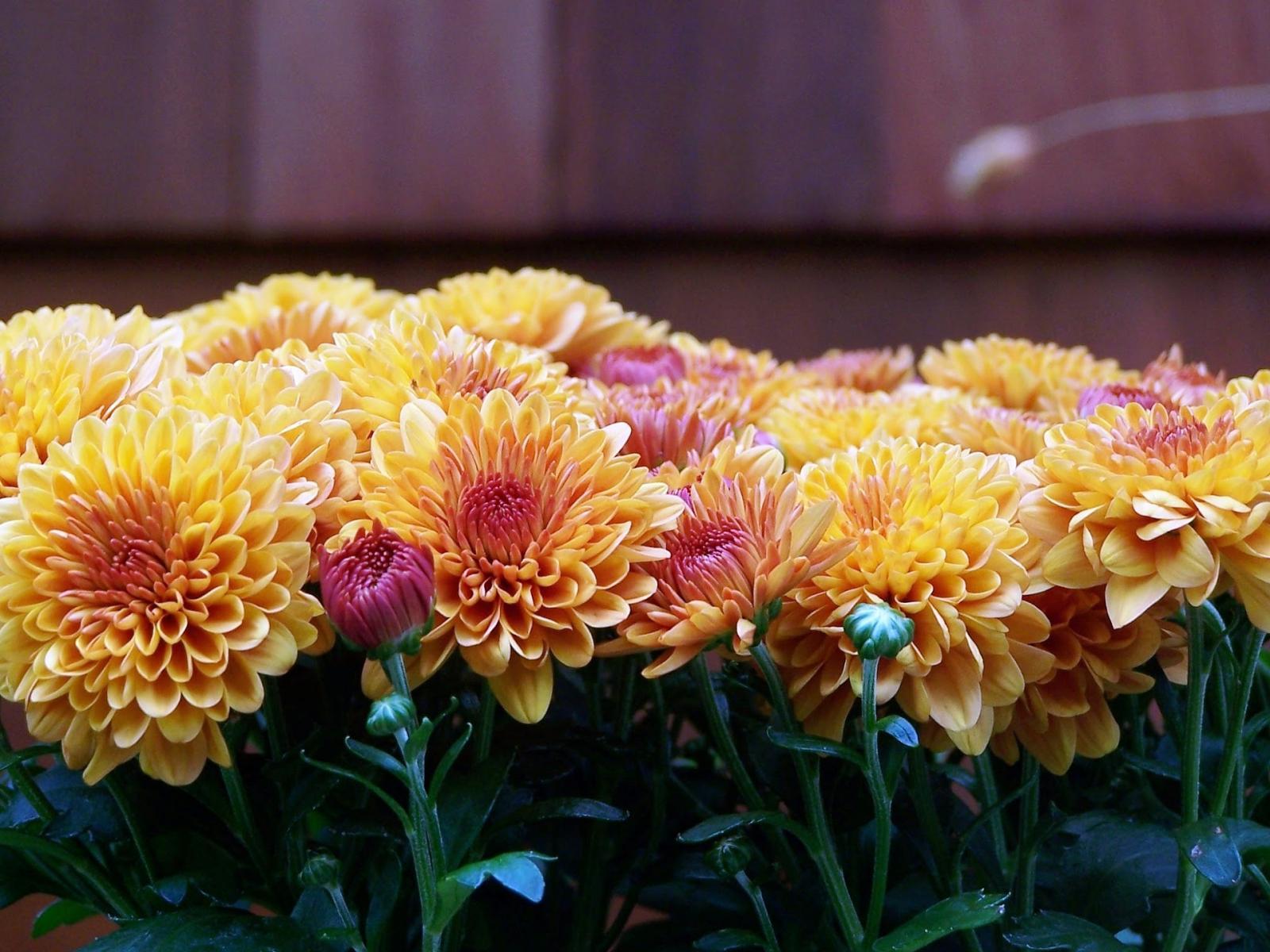

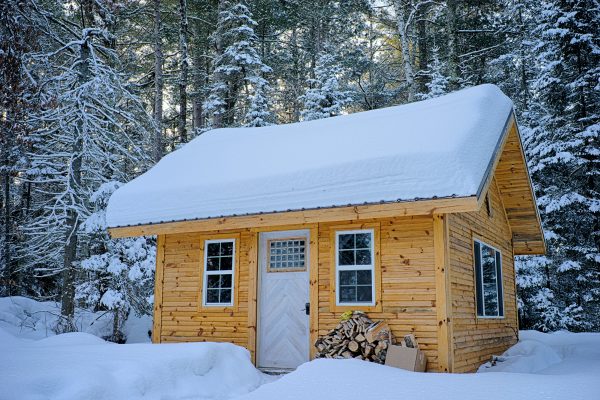
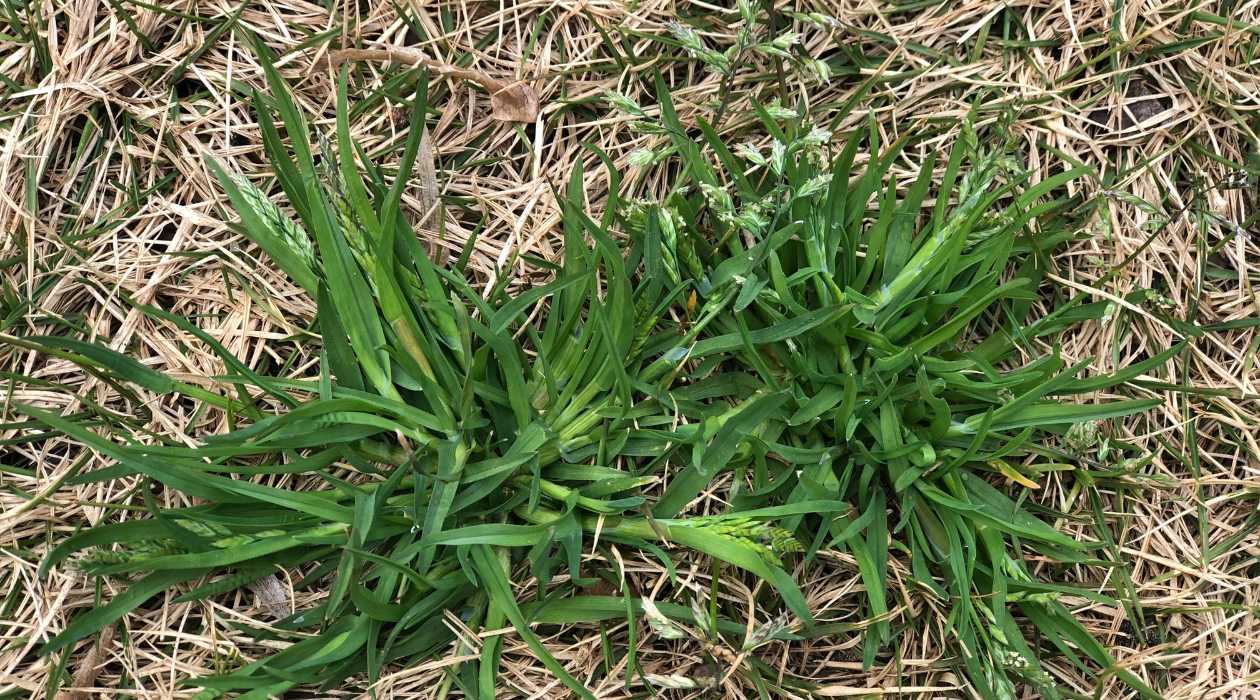

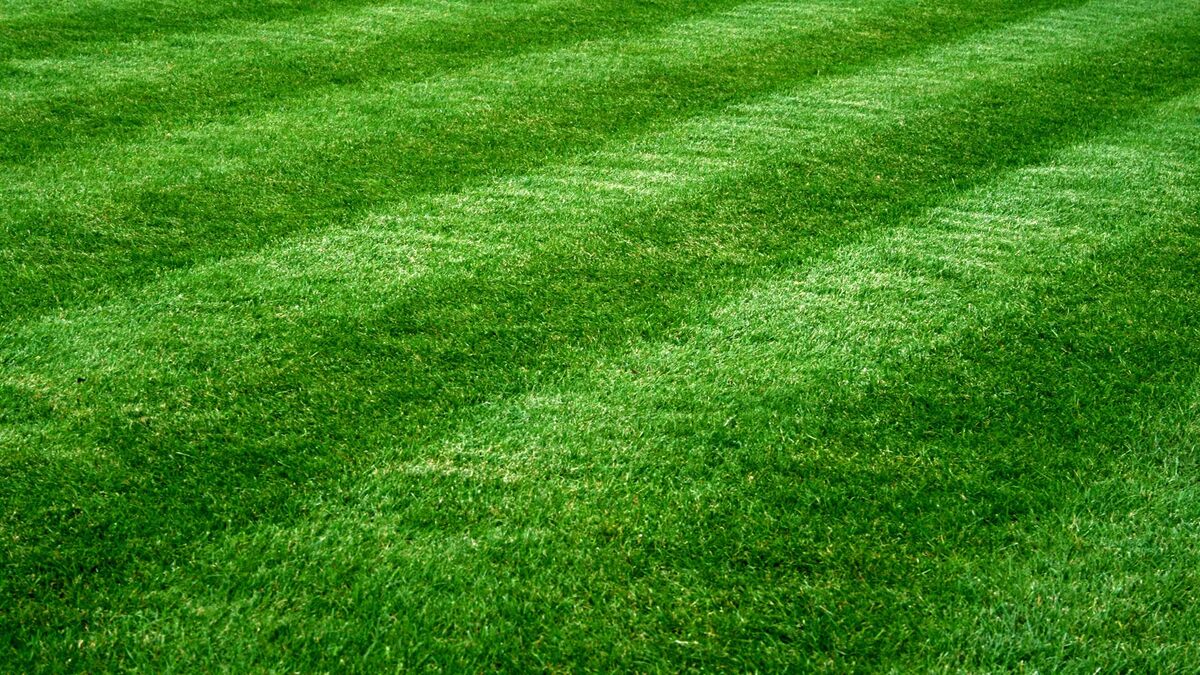
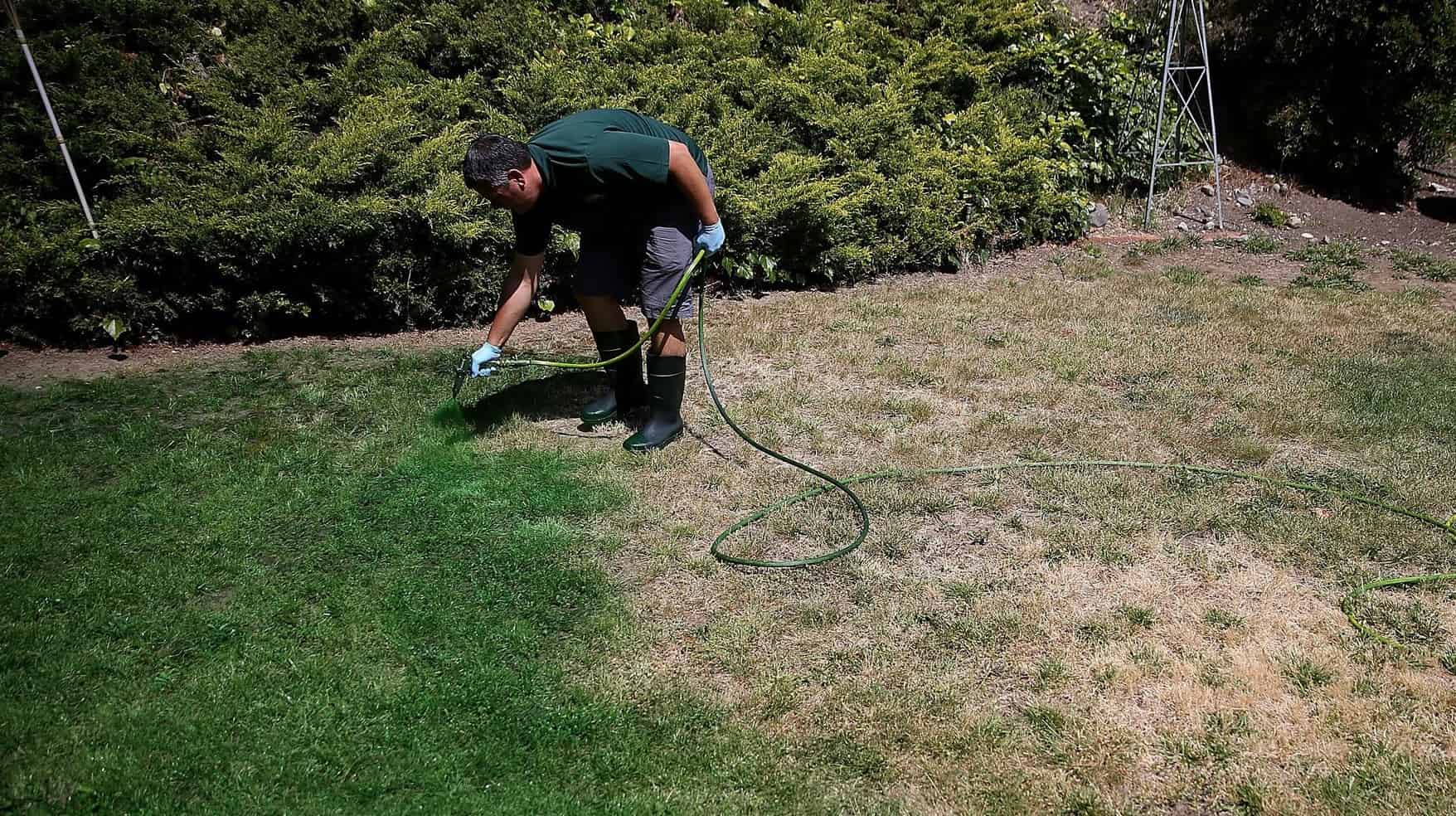

0 thoughts on “How To Keep Grass Green During Winter”